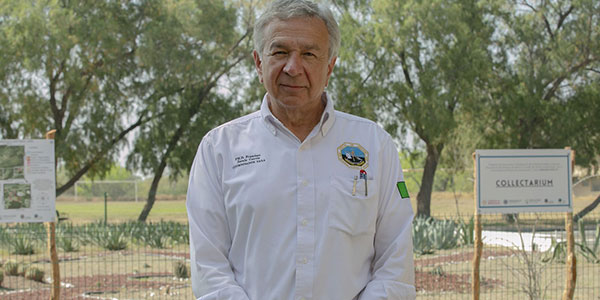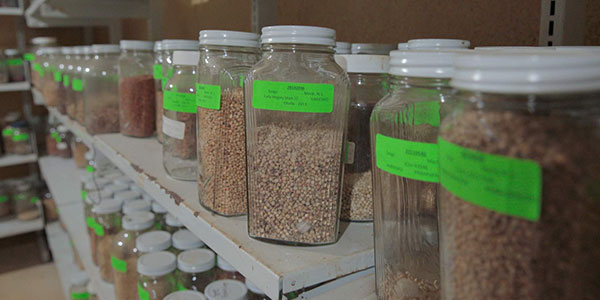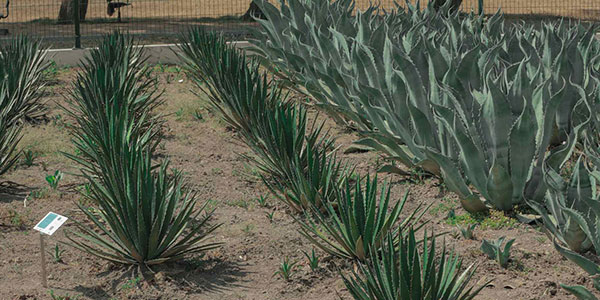Share:
UANL adds new Ethnobotanical garden to its portfolio
The UANL is embarking on the development of a new ethnobotanical garden in the southern part of Nuevo León. With this project, the institution will soon boast three such spaces across the state.
The establishment of a new ethnobotanical garden at the La Ascensión Academic Unit in the municipality of Aramberri marks a significant expansion of the UANL’s offerings in Nuevo Leon.
Spanning approximately 11.6 acres, the garden will be situated within the facilities of the UANL School of Agronomy in the southern region of the state.
This space complements the existing ethnobotanical gardens operated by UANL in Linares and Marin, contributing to a national network dedicated to the preservation of Mexico’s rich biocultural diversity.
Francisco Zavala, head of the academic unit, also referred to as “La Chona,” highlighted a distinguishing aspect of the new garden: its climate, characteristic of this particular region of Nuevo Leon.
“It’s a significantly different ecological zone,” he noted. “In Marin, we’re talking about altitudes ranging from 200 to 300 meters above sea level, whereas in Aramberri, altitudes reach close to 2,000 meters above sea level”.
Francisco Zavala
Head of the Academic Unit
One notable aspect of the native biodiversity in this area is the agave plant, which local producers utilize for mezcal production. This plant serves as a crucial source of income for families in the region.
Additionally, the region boasts a diverse array of cacti, particularly within the Sandia El Grande National Protected Area, along with opuntias like the xoconostle.
In terms of fauna, the area is home to bears, deer, coyotes, wolves, as well as smaller species such as moles and the prairie dog, which unfortunately faces the threat of extinction.

Primary Flora Species
• Agavaceae
• Cactaceae
• Opuntias
Main Fauna Species
• Bears
• Deer
• Coyotes
• Wolves
• Moles
• Prairie Dogs
The germplasm bank is a controlled environment, typically a room, where conditions such as temperature are meticulously regulated. These conditions ensure that seeds can maintain their quality and viability over an extended period.
“The primary objective of the germplasm bank is to preserve the seeds of native corn species stored within, along with a variety of other native plants, including cacti and Agavaceae”.
Francisco Zavala
Posted by: Portal Web UANL







